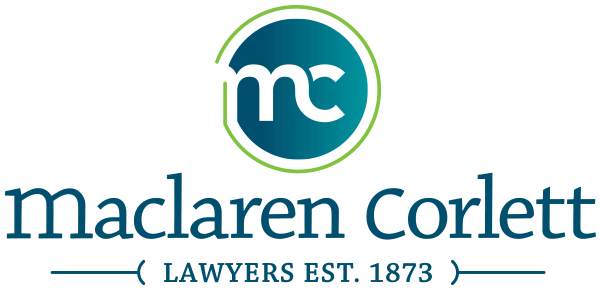In the 2nd period we are still trying to assess the dynamics of the other team and what restrictions they may operate under which may affect their performance. Who are they really and how flexible can their game plan be?
Organization and Organizations – A tremendous amount of organization is required when a company’s advertising or promotional activities involve a sports entity. Depending on the level involved, the company may have to deal with an athlete, his or her agent, the players’ association to which he or she belongs, the team, the league, and possibly the governing body for that sport. Remember that intellectual property rights may exist at each of these levels, and may involve a company owning the IP of the sports entity. Attention should be paid to IP use, licensing and protection. The promotional activities being conducted have to be organized to conform to the competition schedule of the sports entity. When a promotion may involve a sports organization, amateur or professional, care should be taken to ensure that any activity properly takes into account the geographic or commercial presence which similar sports organizations have within the target area to avoid confusion or unintended promotion of the wrong parties or products. As a sponsor, companies should check against the possibility of confusion when entering into a relationship with a sports organization where its counterpart in another country or jurisdiction has a relationship with one of the sponsor’s competitors. This becomes even more troublesome when both sports organizations are present together at a national or international event where the regional entities have affiliations with companies who are competitors.
Rules, Regulations and Restrictions – There are few areas of life which have more rules than sports and these are compounded by adding those related to advertising and marketing. In sports there are rules of play, rules of conduct, rules relating to the wearing of uniforms, rules for dress code, dietary rules and so on and so on. Mixing sport with commercial advertising introduces new elements of rules and may require some cultural adaptation by both the companies and the sports entity. The imagination of an advertiser must work within the restrictions of what the sports entity is permitted to do under their own rules and what intellectual property constraints may be imposed by teams, players’ associations, IP property rights holding companies, leagues, governing sports bodies and so on. Sports entities will find that advertisers are bound by rules and regulations which restrict what they can say and who they can say it to. For example, an athlete may want to reach out and promote a product or service they believe in, directly to children, only to be told that it is not permitted. Learning one another’s limits is essential to setting the groundwork of a sound cooperative relationship. Don’t expect more than can be delivered and respect the restrictions placed on your partner.
Next time – Terms & Conditions and Spokesperson.

